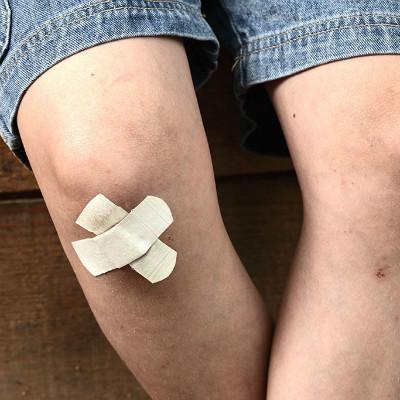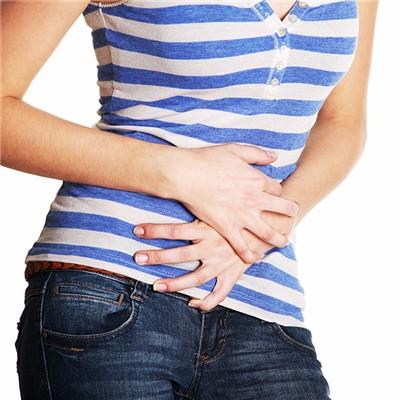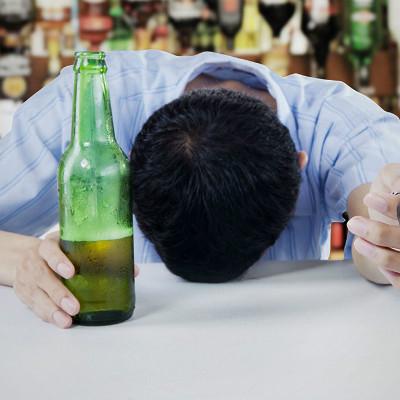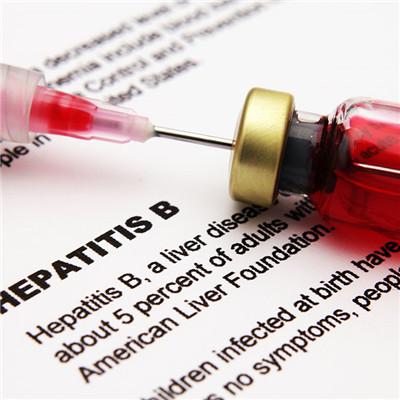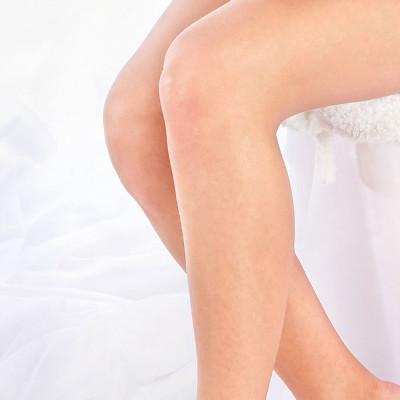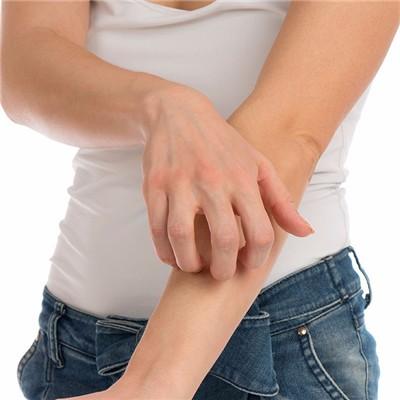Odontogenic cyst symptoms?
summary
The histopathological origin and cause of odontogenic keratocysts have not yet been determined. Most of them believe that they occur from the early stage of odontogenic epithelial dysplasia - dental plate and its residual. Therefore, many scholars classify them as primordial cysts. However, keratocysts can contain teeth, and their contents are white or yellow oil like keratinizing substances; Biological behavior is invasive and easy to relapse; Histologically, lining epithelium proliferated more actively. Therefore, they should be discussed separately. Odontogenic cyst symptoms? I'd like to share my views with you.
Odontogenic cyst symptoms?
The growth of cysts is slow. The clinical manifestations are similar to other cysts, but there are also differences. Because the buccal bone plate of the jaw is generally thinner than that of the lingual side, most of the cysts expand to the buccal side; However, 1 / 3 cases of keratocyst may expand to the lingual side and break through the lingual bone wall. Keratocysts often expand along the long axis of the jaw, and the jaw expansion is not as obvious as other jaw cysts and ameloblastomas.
Generally, cyst fluid is yellow or grass green fluid, while keratocyst is sebum like keratinizing substance. Other odontogenic jaw cysts are mostly solitary; The proportion of multiple keratocysts was high. Multiple keratocysts with basal cell nevus (or basal cell carcinoma), bifurcated rib, widened orbital distance, abnormal skull, calcification of falx cerebelli, spinal deformity, etc. are called "nevoid basal cell carcinoma syndrome" or "multiple basal cell nevus syndrome"; If only multiple keratocyst without basal cell nevus (cancer) and other symptoms, it is called keratocyst syndrome. Basal cell nevus (carcinoma) or keratocyst syndrome often has a positive family history and is considered to be an autosomal dominant genetic disease. Keratocyst is more likely to be secondary infection than other jaw cysts.
There are many kinds of odontogenic cysts. They are generally divided into developmental and inflammatory types. Odontogenic cysts are a group of cysts that occur in the epithelium or residual epithelium of tooth forming organs. It is caused by abnormal tooth development or some inflammation in the skull. Usually do a good job in the protection of teeth and surrounding teeth, regularly wash teeth, regularly brush teeth, keep oral cavity clean, regularly do perfect oral examination, timely diagnosis and treatment.
matters needing attention
At ordinary times, we should develop a good routine of work, rest and life, avoid spicy and greasy food, stay up late less, drink more water, eat more fruits and vegetables, strengthen physical exercise, enhance body immunity and improve disease resistance. Keep fit.

